A Sampling of the Latest Irish Books on Offer
℘℘℘
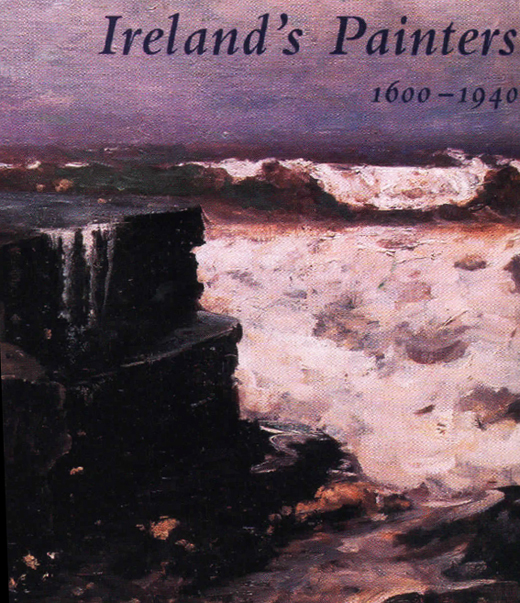
RECOMMENDED
Ireland’s Painters: 1600-1940 presents a stunning survey of the grand, oftoverlooked tradition of art in Ireland. From the early, stately portraits by Thomas Frye and Susannah Drury’s East Prospect of The Giant’s Causeway, to Sean O’Sullivan’s intimate look inside a cottage with The Old Couple and the grand career of John Butler Yeats, this book offers over 350 color illustrations of great Irish art.
“Well over twenty years has elapsed since the publication of The Painters of Ireland in 1978,” the authors write. “And since then a great deal of new material has been published by colleagues and students…As a result we felt we should pool these resources and our own work into one volume and seek out more and often unknown illustrative material.”
Authors Anne Crookshank (Fellow emerita, formerly professor of the history of art at Trinity College Dublin) and The Knight of Glin (president of the Irish Georgian Society, and Christie’s representative in Ireland) offer informative, accessible prose, to go along with the gorgeous illustrations. Chapters cover topics such as “Ireland’s Restoration Period” and “The Influence of Continental Europe and England in the Late Nineteenth Century,” and include fine biographical sketches of major figures.
But it’s not all intense art history — as shown by the downright naughty 18th-century portraits by William Jones, which include half-clothed girls in The Fortune Teller, and the self-explanatory Girl Showing Her Bottom.
($60 / 352 pages / Yale University Press)
℘℘℘
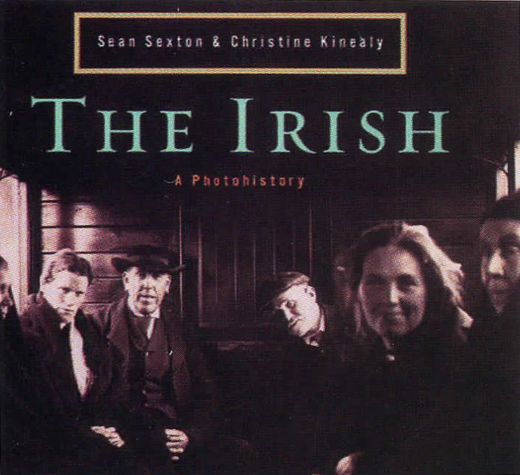
PHOTOGRAPHY
From sports to civil war funerals, from famous authors to Irish gypsies beside the road, The Irish: A Photohistory is an insightful look at Irish life stretching back to the years just after the Famine, when photography was only beginning to come into widespread use.
Famously, there is little known photography from the horrific height of the Famine. Still, The Irish: A Photohistory does include fascinating portraits from its aftermath, of peasants living in the 1850s and 1860s. From the decades following, there is a rich body of work chronicling farmers, fisherman, fishwives and laborers.
There is also, of course, landscape work and portraits of ruins, which are beautiful, if familiar. Less predictably, there are dazzling shots of horse races and hurlers in action, as well as striking nude portraits. The organization of this book is a little jumbled, and the editors might have been better off going with a purely — rather than roughly — chronological order. Still, what can’t be denied is that this book of over 270 images displays the diversity of Irish life from roughly 1860 to the post-civil war era of the 1920s. ($40 / 224 pages / Thames & Hudson)
Edited by New York Daily News photo editor Shawn O’Sullivan, with text by veteran reporter Patrice O’Shaughnessy, New York’s Bravest: Eight Decades of Photographs from the Daily News gathers nearly 140 photos of the FDNY at work and at play. To its credit, this book does not focus solely on the honors of September 11. Instead, O’Sullivan — and of course, the many talented photographers who’ve graced the News‘ pages over the decades — present the FDNY in all its glow. That includes images of horse-drawn carriages from back in the 1920s, and trailblazing women taking the FDNY’s grueling physical exam in the 1970s. (Women, however, would not join the FDNY’s ranks until the early 1980s.)
Inevitably, of course, the real dramatic photography in any book such as this will be the action photos, of firefighters risking life and limb to save others. New York’s Bravest has plenty of that — before, as well as on, September 11, 2001.
(167 pages / $29.95 / Powerhouse Books)
℘℘℘
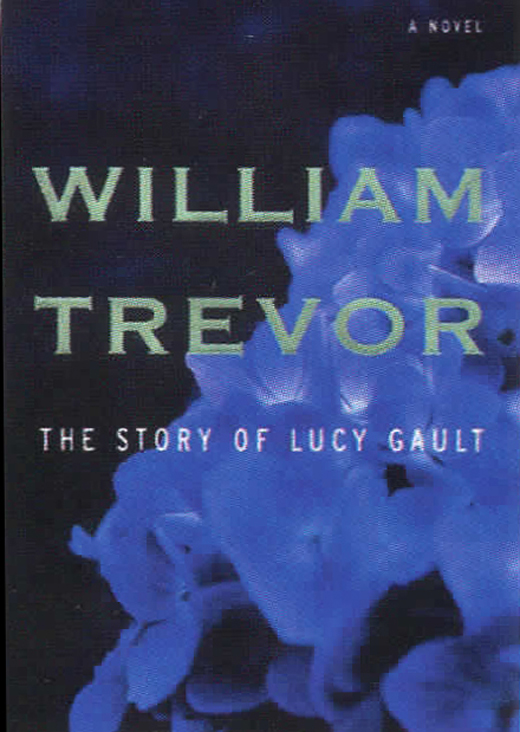
FICTION
Cork-born master storyteller William Trevor returns to the novel form with his powerful new book The Story of Lucy Gault. This is an at-times harrowing, though always understated work. In fact, it could be said that things move a bit too slowly, despite the novel’s extraordinary plot twist. Still, the book has rightly earned raves across the Atlantic, where it was shortlisted for the prestigious Booker Prize.
The Story of Lucy Gault begins with an Anglo-Irish couple who have been targeted by Catholic agitators during the Irish Civil War of the 1920s. When the husband accidentally shoots a rebel, the couple — whose daughter is the title character — realize they must flee Ireland, or else they will be targeted for revenge.
A stunning set of events, however, finds young Lucy Gault left behind by her loving parents. Trevor then charts Lucy’s coming of age, and her parents’ sad wandering in Europe. Overall, this is yet another gem from Trevor, with tender insight not only into the Irish troubles of the early 20th century, but human beings who are victims of an unfortunate fate. ($24.95 / 228 pages / Viking)
With the passing of Kerry legend John B. Keane this past May, a terrible gap was left in the literature of Ireland. What will never go away, however, is Keane’s body of humorous, biting work. Among Keane’s most beloved creations, of course, are his Christmas stories. Now, a new collection, An Irish Christmas Feast, has over 50 of Keane’s tales of holiday charm and local color.
Filled with eccentrics and dreamers, Keane’s stories show just how extraordinary “ordinary” people are, in this volume which certainly will make a fine holiday gift. ($23 / 415 pages / Carroll &Graf)
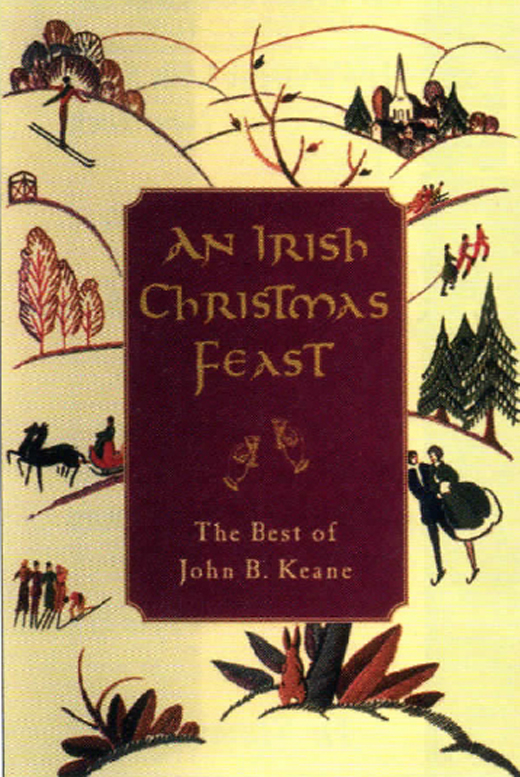
Irish-born best-selling mystery writer John Connolly’s latest thriller The Killing Kind revolves around a woman who may have committed suicide. Trouble is, no one seems to want to believe this — certainly not Connolly’s recurring hero, private detective Charlie Parker, who has been hired to investigate the circumstances of Grace’s death.
But when a mass grave in northern Maine reveals the final resting place of a religious community that disappeared almost 40 years earlier, Parker slowly realizes that these deaths might be part of the same mystery.
Connolly’s first novel, Every Dead Thing, was published in 1999, and introduced the world to Charlie Parker, a former policeman (who despite his name, does not even like jazz) hunting the killer of his wife and daughter. Dark Hollow followed in 2000 and this third Parker novel ably stands right next to Connolly’s prior books. ($25 / 638 pages / Pocket Books)
Two other new novels, meanwhile, delve into the furious world of Irish women scorned.
Jennifer Donnelly’s saga The Tea Rose introduces one tough protagonist in Fiona Finnegan. Donnelly’s doorstopper-sized epic is the story of 1880s Irish immigrants to London, who battle to become respectable.
When Fiona’s beloved Dad ends up on the wrong side of a union feud, however, the Finnegans must flee to America. Fiona — forced even to leave the love of her life — vows to avenge her father’s death. She builds up a business empire based on the tea trade and acquires the muscle to return to London in search of vengeance.
This ain’t your average docile Victorian women.
And with her first adult historical novel (she’s written a children’s book called Humble Pie and a young adult novel called The Northern Light) Donnelly has shown she’s a historical novelist worth reading. ($24.95 / 560 pages / Dunne Books)
Former Dublin librarian Patricia Scanlan’s latest book, Francesca’s Party, introduces us to Francesca Kirwan. She is living a happy middle class life, with a successful hubby and two boys headed for even greater success in the U.S.
Unfortunately, Francesca has nabbed her husband canoodling with a female friend.
And yet, her husband shows almost no remorse. So, Francesca dusts herself off and plots a nasty revenge. (Francesca’s sons even help hatch the plot.)
Dostoyevsky this is not. But Scanlan’s legions of fans in the U.S., U.K., and Ireland are sure to gobble it up just the same.
($24.95 / 384 pages / Dunne Books)
℘℘℘
NON-FICTION
Author Terry Eagleton has published many books with gripping titles such as The Illusion of Postmodernism and Marxist Literary Theory: A Reader.
But in his recent books, the scholar has come down from the Ivory Tower to explore his Irish upbringing in Salford, the “dirty old town” near Manchester in England’s industrial northwest.
First, there was 2000’s occasionally funny, occasionally bizarre The Truth About the Irish. A sort of tour de farce, Eagleton held court on everything from potatoes and St. Patrick to the fine folks who reside in the Irish capital’s posh Dublin 4 section.
Eagleton’s perspective on all things Irish is, if nothing else, different. That’s certainly the case in The Gatekeeper, his new memoir. Eagleton writes about growing up in what he describes as a “cowed, daunted” Catholic family. Religion, in fact, is a large part of Eagleton’s book. He eventually casts aside the faith — though it was the Catholic radicals at Cambridge who seemed to offer him his first intellectual home.
As a young boy, Eagleton served as a “gatekeeper” at a local convent, which basically kept its residents cloistered from the outside world. When a young girl was about to enter, young Eagleton led her away, often from weeping parents who might never see their daughters again.
Such an experience surely must have soured this budding radical on Catholicism, though Eagleton did later attend a seminary. (Things weren’t so rosy there either.)
Eagleton’s radical politics seem out-of-date, though he is to be credited not only for sticking to his political guns, but for also having a good laugh at those whose liberal views are not all that different from his own.
In the end, The Gatekeeper is a fine addition to that cottage industry within publishing, the Irish memoir.
($19.95 / 178 pages / St. Martin’s Press)
℘℘℘
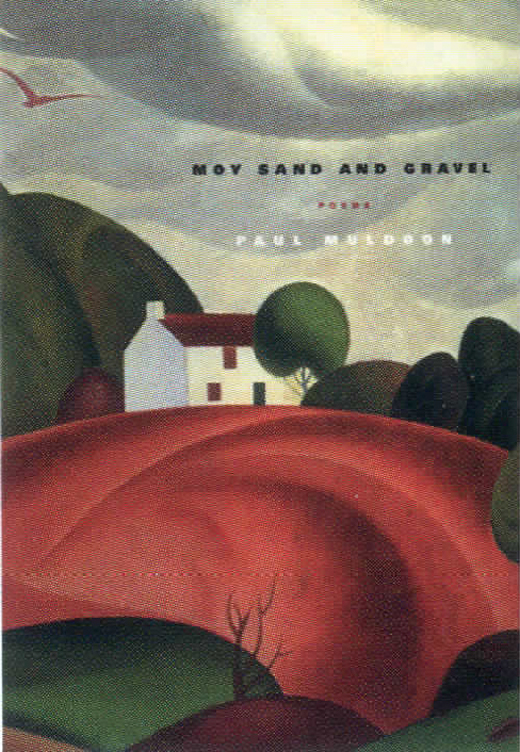
POETRY
“With an ear to the ground / and my neck on the block / I would tend to my wound / in Belleek and Bellanaleck.”
Paul Muldoon keeps his ear very much to Irish ground (and tends to many wounds, such as in the above “Hard Drive”) in his new poetry collection Moy Sand and Gravel. As always, Muldoon can be playful and tender in the same stanza, and few poets use familiar Irish landmarks to such intimate effect.
($22 / 107 pages / Farrar, Straus and Giroux) ♦

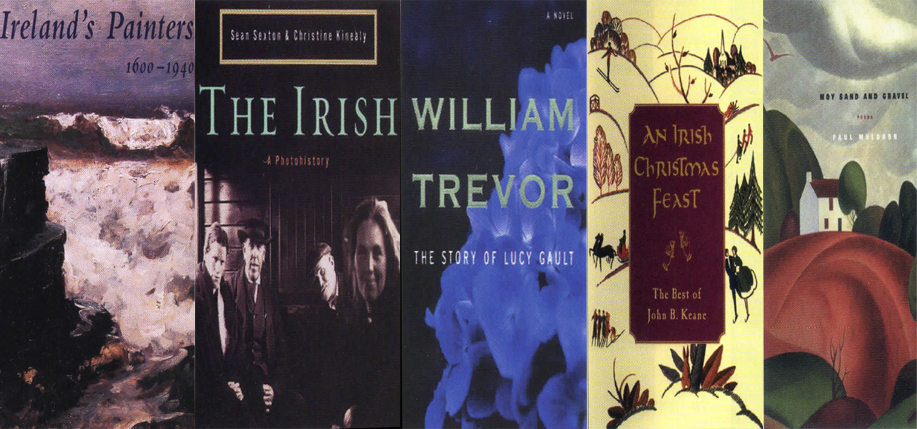
Leave a Reply